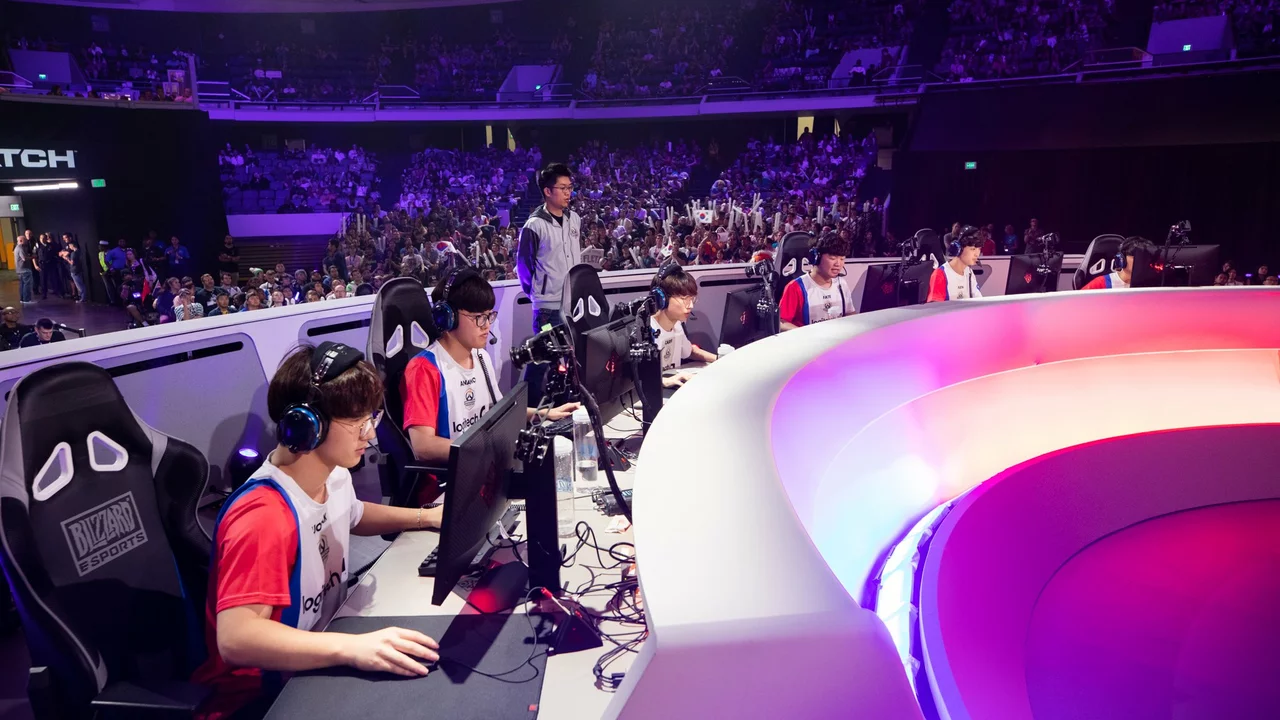South Korea Sports for Youth – What You Need to Know
If you’re a young athlete or a parent in South Korea, the sports landscape is buzzing with opportunities. From soccer fields in Seoul to taekwondo dojos in Busan, there’s a spot for every kid who wants to get moving. Below we break down the most popular sports, where to find clubs, and simple tips to boost performance.
Top Youth Sports in South Korea
Soccer stays at the top. Schools run after‑class teams, and local community leagues welcome beginners. Look for "Youth Soccer League" notices on school bulletin boards or city websites. Baseball is another favorite, especially in the summer when teams play in outdoor stadiums. Many regional baseball academies offer weekday clinics that focus on throwing mechanics and batting basics.
Taekwondo is more than a martial art – it’s a cultural staple. Kids usually start with a "dobok" (uniform) and basic stances before moving to sparring. If you’re new, ask your nearest community center about trial classes; most places let you try a session for free.
E‑sports has exploded in the last decade. While not "physical" in the traditional sense, many schools now treat competitive gaming like a sport, with practice schedules, team coaches, and even health guidelines. Look for school e‑sports clubs or local gaming cafés that host youth tournaments.
How to Get Involved – Practical Steps
1. Check school resources: Most middle and high schools publish a sports calendar. Sign up early because spots fill fast, especially for soccer and baseball.
2. Visit community centers: Every city has a "Youth Sports Center" (청소년 체육관) that offers drop‑in sessions. Bring a water bottle, a towel, and be ready to move.
3. Use online platforms: Websites like "Korea Sports Today" list upcoming tournaments and open try‑outs. Set up alerts so you never miss a deadline.
4. Ask for a trial: Most clubs let kids try a class before committing. This helps you see if the coach’s style matches your child’s learning pace.
5. Stay balanced: Combine training with proper rest, nutrition, and schoolwork. A simple breakfast of rice, fish, and fruit fuels both brain and muscles.
Remember, the goal is to enjoy the sport while building skills. If your child feels overwhelmed, talk to the coach about adjusting the training load.
Upcoming Events You Can’t Miss
Spring sees the national "Youth Soccer Festival" in Daejeon – a three‑day tournament for ages 12‑16. Registration opens in March, and early birds get a discounted kit. In July, the "Korean Taekwondo Junior Cup" travels to Gwangju, offering sparring and poomsae (forms) categories for beginners.
For e‑sports fans, the "K‑League Youth Gaming Championship" runs in August, featuring games like League of Legends and Overwatch. Teams are formed through school qualifiers, so start gathering teammates now.
Keep an eye on local news sites and your school’s announcement board for the exact dates. Mark them on a calendar so you never miss the chance to compete or watch.
South Korea’s youth sports scene is vibrant and welcoming. Whether you prefer kicking a ball, breaking a board, or pressing a controller, there’s a community ready to support you. Dive in, try a few different activities, and find the one that makes you want to come back for more. The next big champion could be you or someone you know – it all starts with that first step onto the field or mat.
Why is south korea obsessed with e-sports?
South Korea's fascination with e-sports is hard to ignore. It's largely due to the country's advanced technology infrastructure, making online gaming widely accessible and seamless. Additionally, a highly competitive social structure stirs young individuals to excel in e-sports, as it's seen as a legitimate career path, not just a hobby. The government's support, with initiatives like building gaming arenas, also adds fuel to this passion. Lastly, the excitement and communal experience e-sports provides can't be understated - it's a shared cultural phenomenon that brings people together.
Read More
